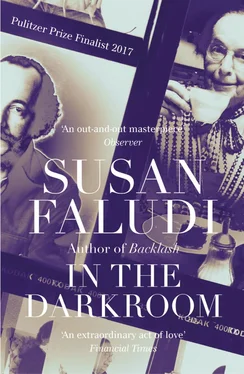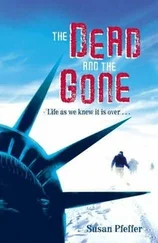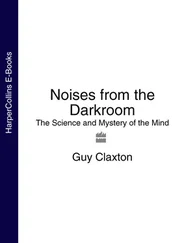The longest account appeared in the academic journal Replika . A young PhD student studying social anthropology had come to my father’s house to interview her for two days. The resulting Q & A was nearly twenty-five thousand words. That morning and for several mornings to follow, my father translated the text for me, altering the parts she didn’t like. (“Don’t write that down! It sounds better if you have me say it this way …”) While the purpose of the interview was to discuss her change in sex, my father had been eager to expound on life in Hungary before the “catastrophe”—the catastrophe, that is, of 1920.
“The Austro-Hungarian Empire was a very peaceful world,” my father said, reading (and revising) her words from the opening pages of the interview. “Hungary grew very fast. Railroads came in, economies were growing. It was a world of plenty. One minority, the Jews, dealt especially with commerce. Many were managers of noble estates. I had an uncle who was managing a noble’s estate and also my great-grandfather was the director of some estates of the wealthy … Then came the tragedy. Trianon. The country lost its thousand-year-old borders. And the era when minorities still lived nicely together came to an end. Whatever they say, there was no persecution of minorities in that time.”
“No persecution?” I sputtered.
My father gave me one of her you-know-nothing looks. “It was the best time,” she said. “The best time for the Jews.”
Her history wasn’t so Pollyanna. From the 1867 passage of the Jewish Emancipation Act, granting Jews civic and political equality, until the 1920 signing of the Treaty of Trianon, an extraordinary set of circumstances led to the “Golden Age” of Hungarian Jewry. The era yielded a spectacular opportunity for the bourgeois Jewish population. And unprecedented acceptance. For a significant subset of the country’s Jews in that period, it seemed possible to be “100 percent Hungarian.” Our family was among them. A century before my father changed gender, her forebears had crossed another seemingly unbreachable border.

My father’s parents, Jenő and Rozália Friedman, came to Budapest out of the hinterlands of what was then northeastern Hungary (and after Trianon, part of Czechoslovakia, and now Slovakia). The members of my grandmother’s side of the family, the Grünbergers, were among the most prominent Jews in the town known in Hungarian as Szepesváralja and later, in Slovak, as Spišské Podhradie—both of which translate roughly as “The Place under the Beautiful Castle.” Overlooking the town atop a limestone cliff is a hulking twelfth-century ruin, the largest castle in central Europe and erstwhile home to Magyar nobles. (It is a UNESCO World Heritage site and perennial location for Hollywood movies, among them Dragonheart and Kull the Conqueror .)
As I later learned from my Grünberger relatives, the baron of the town’s commercial age was Rozália’s father, my great-grandfather, Leopold Grünberger, who owned the biggest lumber enterprise in the region. The train tracks into town terminated in front of his mill. He had risen from poverty in a nearby village, served in the Habsburg cavalry in World War I, and was a Hungarian patriot and avid believer in Central European culture; he reportedly abhorred Zionism. He sat on the town council and was head of the Jewish community, the latter position due less to his piety, which was pro forma Orthodox, than to his wealth and philanthropy, both of which were substantial.
The Grünbergers vacationed at spas in Baden-Baden, skied in the Tatra Mountains, and ordered their clothes, bespoke, from boutique tailors in Bratislava and Budapest. The four sons were sent to universities in Paris and Prague, the four daughters to music lessons and finishing schools. Among the family’s many emblems of privilege (along with the first running water, gaslight, refrigeration, and electricity) was the town’s first telephone—phone number “1.” The Grünberger home was a showpiece of gentility, from its fountain-adorned courtyard and gardens to its chandeliered salon with a grand piano draped in a Shiraz rug and an extensive Rosenthal and Limoges porcelain collection, from its full retinue of maids, cooks, and governesses to its stable of groomed horses. Persian rugs hushed footsteps in every room. The linens were from Paris and monogrammed.
The region’s lumber trade had become a lucrative industry, thanks to the invention of steam-powered electricity and railway construction in the late nineteenth century, which turned the virgin Slovak forests into a commercial honeypot. More than 90 percent of the lumber mill owners and wholesale suppliers in the region were Jewish. The area’s artisans, merchants, and professionals were, likewise, predominantly Jews, and had been ever since the ban on Jews in towns and cities was lifted by government edict in the mid-nineteenth century. By the 1920s, the Jews of Spišské Podhradie owned thirteen of the nineteen grocery and general stores, six of the seven taverns and restaurants, all of the liquor stores, all of the tool and iron shops and small factories, the saw mill and flour mill. They were the doctors, the lawyers, the pharmacist, and the veterinarian.
The Jews in the Hungarian countryside no longer had to live in remote primitive villages or skulk around the edges of towns, peddling their wares. They no longer had to pay a “tolerance tax” to the nobles for the privilege of renting a hovel on their estates. Some of them even owned agricultural land. My great-grandfather’s property included a working farm with cornfields and livestock. Spišské Podhradie also became a flourishing rabbinical center for Orthodox Jewry, with its own synagogue, cheder, yeshiva, beit midrash, mikveh, and charitable and community associations, and (on a patch of hillside two miles out of town, granted because it was too steep to be arable) a walled cemetery. In 1905, after the town’s first synagogue burned down, my great-grandfather marshaled the funds to build a new temple, with a Neo-Classical façade and a Moorish interior. It was installed a few doors down from the Grünberger family home—on Stefánikova Street.
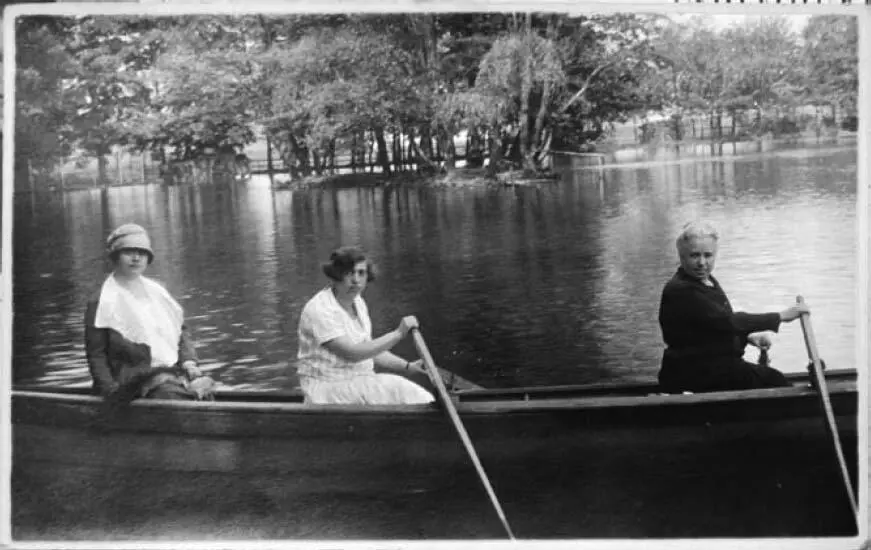
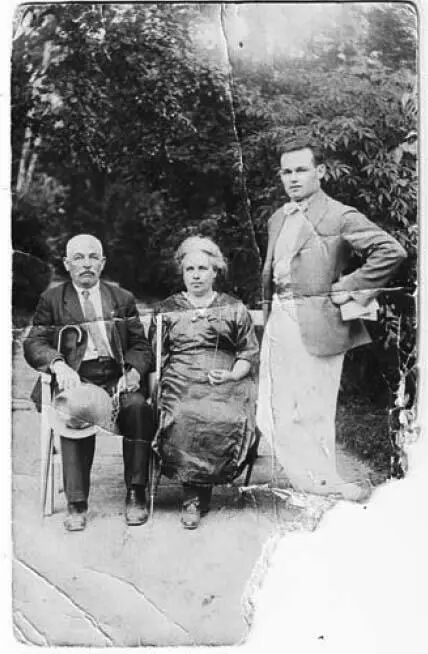
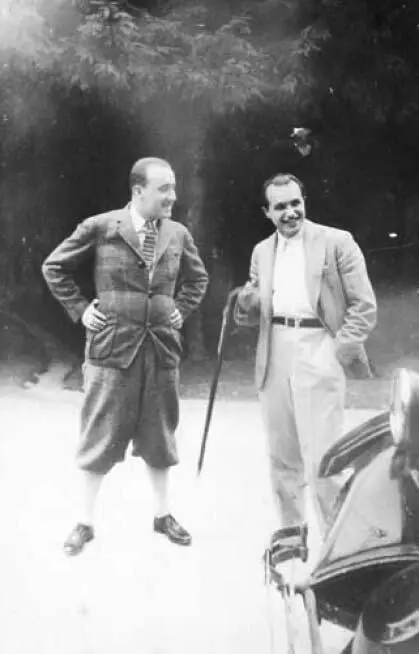
When I visited Spišské Podhradie in 2015, the synagogue (which became a furniture warehouse in Communist times) had recently been restored but sat unused: the town’s last postwar Jewish resident, a dentist named Ferdinand Glück, either left or died (no one seemed to know) in the 1970s. The Grünberger manse, now shabby and painted in Day-Glo colors (with a satellite dish on the roof and curtains for doors), was subdivided and occupied by several generations of a poor and devout Christian family. The old carriage entrance displayed a dozen Madonna icons. In the courtyard, a giant plaster Jesus hung on a four-foot cross. On the outskirts of town, weeds flourished in the Jewish cemetery. Many tombstones were missing, looted over the years, or fallen. The lone Grünberger headstone, marking the grave of Moritz Grünberger, firstborn son of Leopold and Sidonia, who died at sixteen, lay on its back in the grass.
Читать дальше
